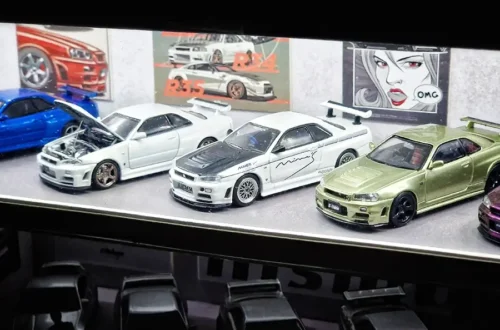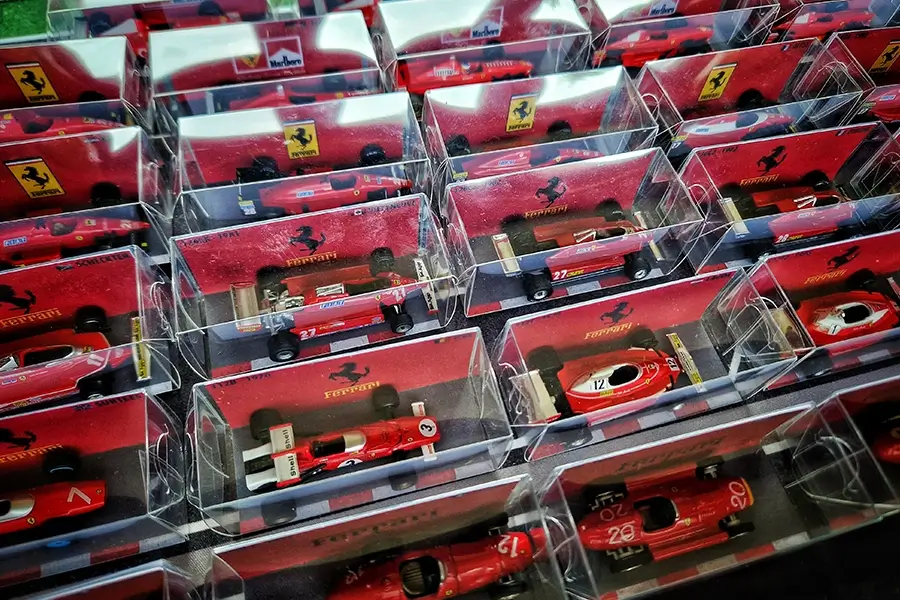
Kyosho Models – The incredible history of SCUDERIA FERRARI
Born for Formula 1
Maranello - Scuderia Ferrari is undoubtedly one of the most popular Formula 1 teams of all time even though the current F1 period isnt the one the Tifosi were hoping for.
All over the world there are Ferrari clubs in which fans of the racing team organise themselves.
When Formula 1 was founded in 1950, Ferrari was one of the first eight car manufacturers to compete for the title.
Since then, the Italians have been part of Formula 1 without interruption - longer than any other racing team.
Here are some more incredible numbers which have to be mentioned to glorify the past: Ferrari won the drivers' championship a total of 15 times until 2007 (Kimi Räikkönnen) won its last. The Scuderia even won the Constructors' World Championship 16 times while their last Constructors' World Championship title was in 2008. By the end of 2021, Ferrari had competed in 1,030 Formula 1 races. The team won 238 of these!
In 2004, the Japanese beverage company DyDo released assembly kits of the cult brand from Maranello, a set consisting of 20 Ferrari models from the Formula 1 era from 1950 to 2003. These were all produced by Kyosho and are an excellent addition to the other Ferrari F1 Kyosho models.
The Scuderia Ferrari Story
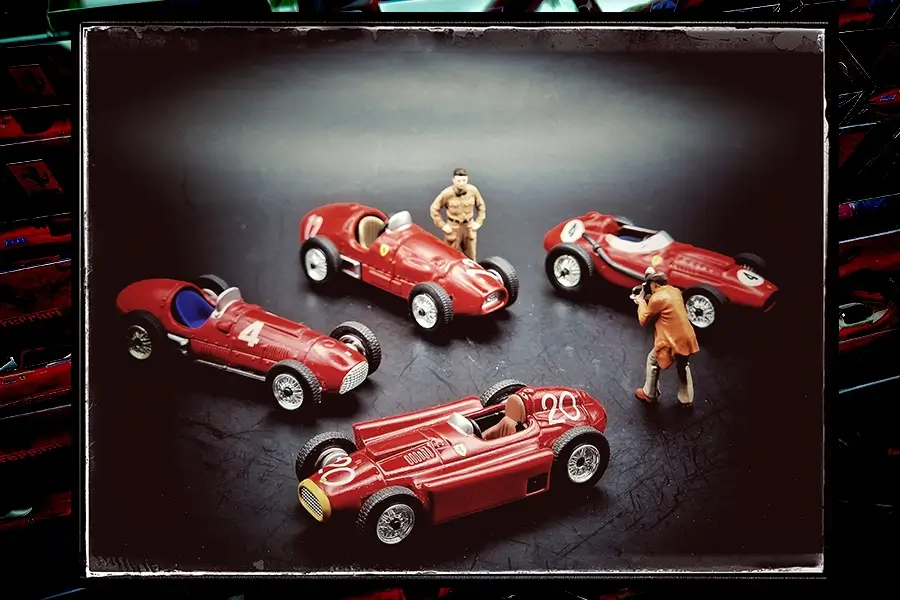
In 1929, Enzo Ferrari (90, † 1988) founded the Ferrari racing team in Modena. Initially, the drivers raced in Alfa Romeo models, but from the end of the 1930s, Ferrari created its own cars for racing. In 1943, the company headquarters moved to Maranello, where it is still located today.
The first Formula 1 world champion in a Ferrari was Alberto Ascari (36, † 1955) in 1952 and 1953.
The collection symbolizes the 375F1 from 1951 (first Ferrari victory by José Froilán González, 91, † 2013) and the 500F2 from 1952 driven by Ascari. This can be found in the picture above in the middle with the number 12 accompanied by a youg Enzo Ferrari figurene.
Juan Manuel Fangio (84, † 1995) won his 4th world champion' title in a Ferrari D50.
This was his first title with Ferrari in 1956, after one title with Maserati and twice with Mercedes.
The 248F1 of Mike Hawthorn (29, † 1959) is another world champion car in the Scuderia Ferrari F1 collection and also the last one from the 50ies period.
Scuderia Ferrari in the 60ies
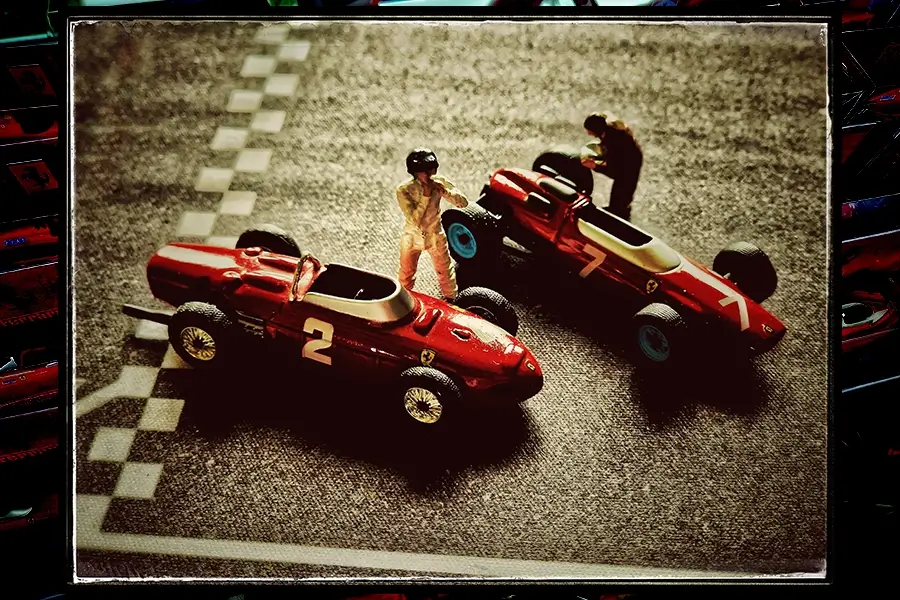
In the 1960s and 1970s, more world championship titles were won by Ferrari, but from 1979 onwards, the Formula 1 team went through a lean period. In 1961, US American driver Phil Hill (81, † 2008) won the world championship with his 156 F1. The only other title in this decade was won by John Surtees (83, † 2017) in 1964 with the Ferrari 158F1. Phil Hill's racing car, which became known as the "Sharknose" due to its distinctive shape, was remembered most and is still one of the most iconic racing cars of all time!
Scuderia Ferrari in the 70ies
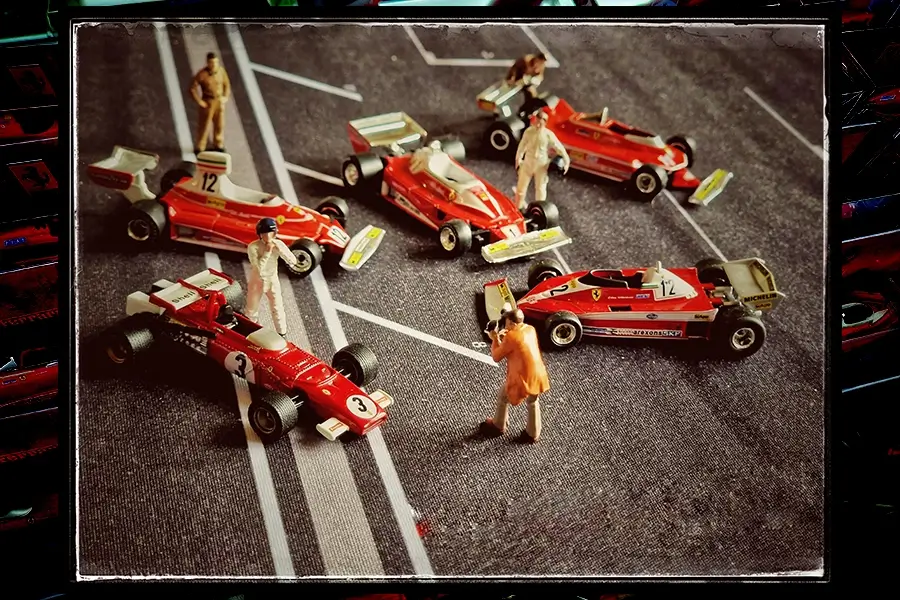
In the 70s, the 312B of Clay Regazzoni (67, † 2006) and Jacky Ickx made a strong showing, finishing second and third respectively. 1970 was the year when Jochen Rindt (28, † 1970) was posthumously declared world champion in his Lotus. Along with Bruce McLaren (33, † 1970), he also died in a racing accident that year.
1975, 1976 and 1977 were the years of Niki Lauda (70, † 2019). With the Ferrari 312T he won his first title with the Scuderia Ferrari in 1975. The successor 312T2 was remembered above all for his serious accident at the Nürburgring in 1976. It was not expected that Lauda would be able to return to the cockpit at all. Nevertheless, he won the world championship again in 1977. One last world champion car from the 70s was the 312T4 of Jody Scheckter, who won the title in 1979.
Scuderia Ferrari in the 80s and 90s
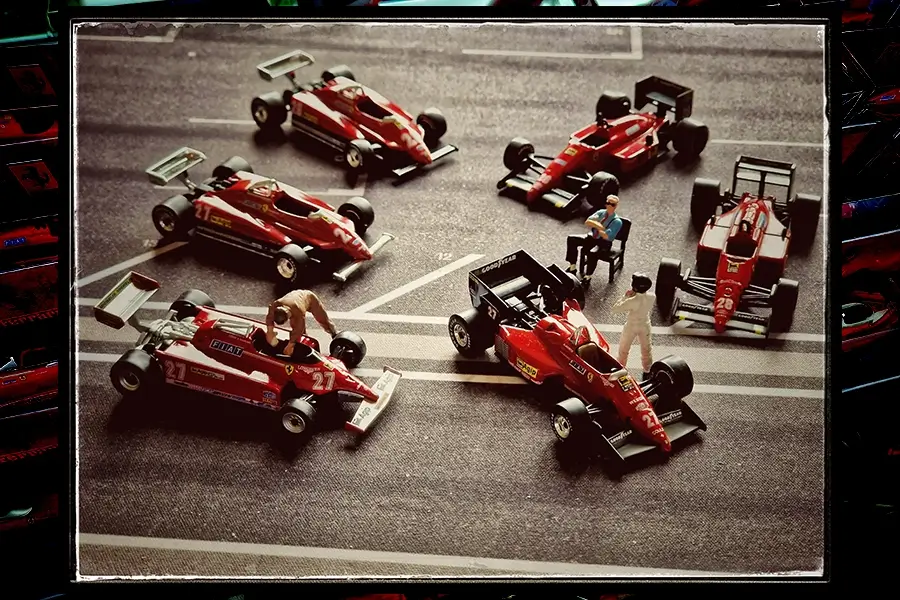
The following years were less promising for Scuderia Ferrari. Although the cars were driven by well-known drivers (126C2 in 1982 - Villeneuve / 126C4 in 1984 - Alboreto / F187/88 in 1988 - Berger), it was the others who won the titles. In the 90s, these same drivers like Prost and Alesi were brought to Ferrari, but there were no titles there either. Either Williams, Benetton or McLaren were ahead.
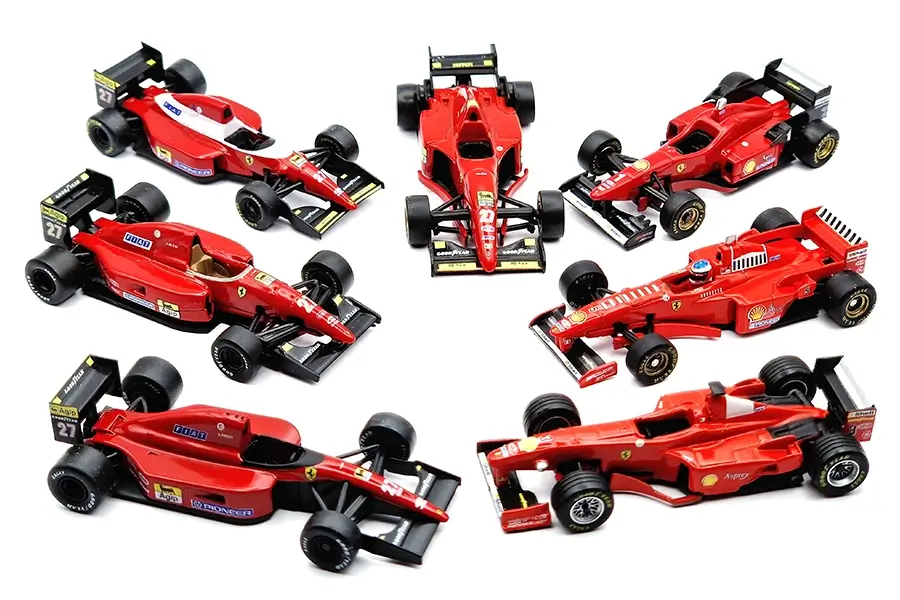
1996 was the first year for Michael Schumacher at Ferrari, who could already celebrate two world championship titles with Benetton in 1994 and 1995 and came third with the Ferrari F310 in 1996 behind Hill and Villeneuve. In addition to the Ferrari 310 from 1996, the second Schumacher Formula 1 bolide from the 90s is also included, the F1/87 from 1998. Despite six victories, he was only runner-up in the world championship behind Häkkinen in the McLaren.
Scuderia Ferrari in the 00s
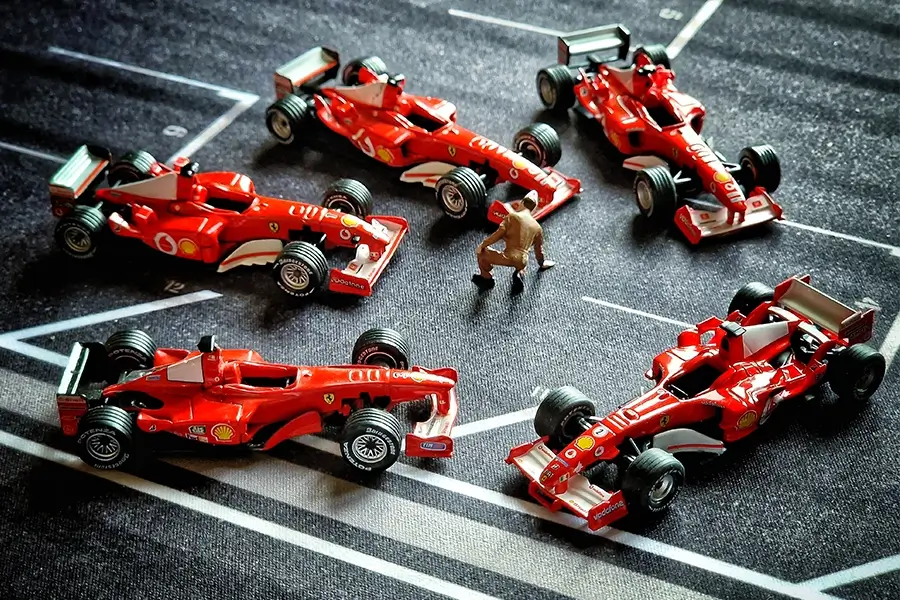
The most successful period for the Scuderia was Michael Schumacher, who won the title a record five times in a row between 2000 and 2004. The F2002 and F2003-GA are included in the DyDo Kyosho F1 Collection and perfectly complete this historic piece of racing history! In addition to this collection, Kyosho offered many other side models that complemented the years in between. MicroChamps also released other 1/64th scale models of the Scuderia, but unlike the Kyosho models, these already had a driver figure in the cockpit.
Thanks for reading!
We are always happy to receive some feedback in the comments section.
You can find more articles from the same model car manufacturer below.
You can find more articles from the same model car manufacturer below.


You May Also Like
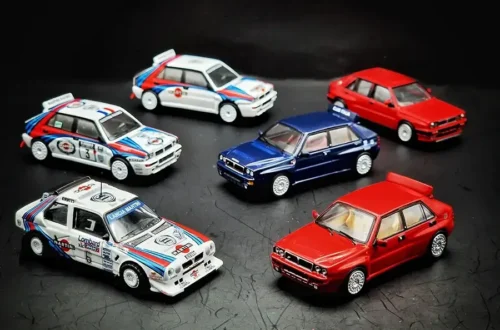
CMS, MiniGT, Tarmacworks, Kyosho Lancia Delta – A Racing Myth FEATURETTE
February 10, 2023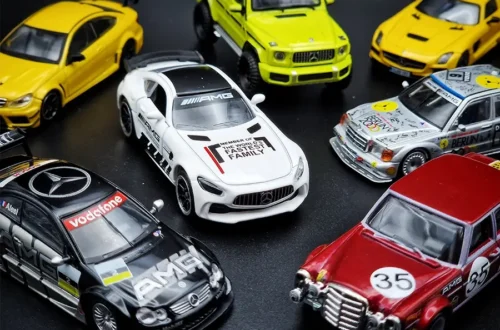
The Story of AMG – FEATURETTE
July 8, 2023